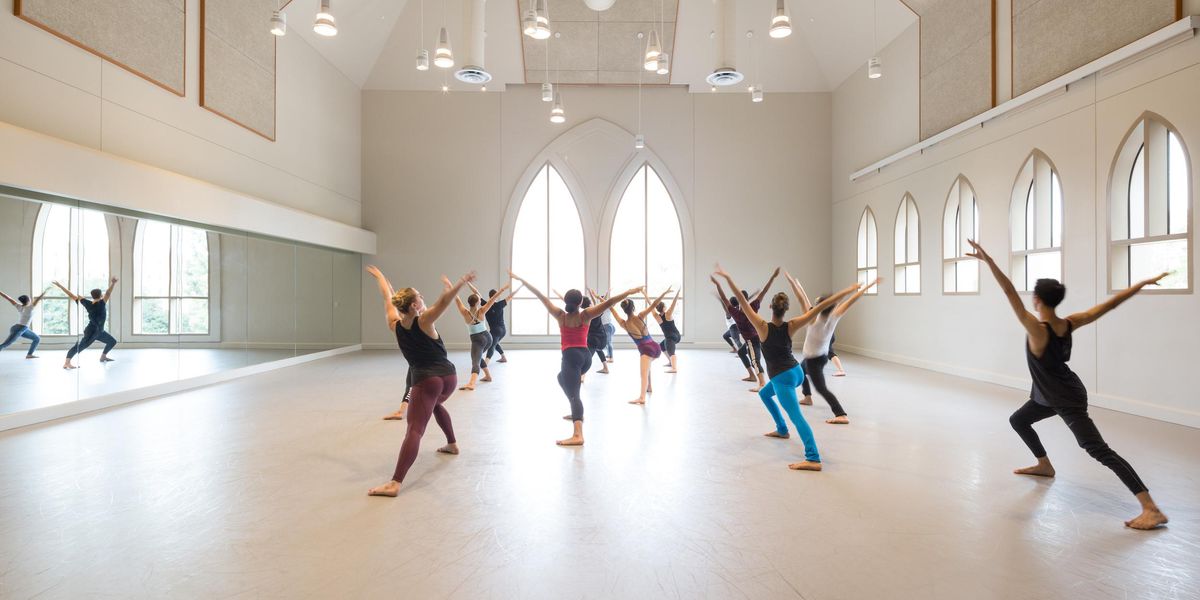Does NYCB Have A Gambling Problem?
New York City Ballet’s fall season opened last week with Peter Martins’ production of Swan Lake. The company is looking ahead to their gala tomorrow, followed by a month of works new and old. The marketing department seems particularly excited about its premieres, many of them created by new choreographers (perhaps part of their admirable attempt to lure in young audiences). But, when photos of these choreographers are stitched together (as they were on Facebook last week), the homogeneity of the faces featured is striking. They are all white men, and their pieces start off a season of revivals by more white men.
To be fair, most major companies aren’t doing much better. Boston Ballet and Joffrey Ballet are making an effort at inclusivity, each featuring one woman in their fall programming. Pacific Northwest Ballet will dance the work of two women this fall. The only woman on the roster for both Miami City Ballet and American Ballet Theatre’s fall seasons is Twyla Tharp. While I love that they are including classic Tharp works, this doesn’t demonstrate a commitment to fostering new voices or shifting their repertory long-term.
But City Ballet prides itself on commissioning new works every season and developing the talent of young choreographers. Last week, The New York Times published a piece by Roslyn Sulcas entitled “New York City Ballet Gambles on Unknown Choreographers.” Unknown, and young. Robert Binet is only 24. Myles Thatcher is 25. By comparison, Justin Peck and Troy Schumacher, 28 and 29, seem like old pros. The article tracks the trajectory of these boys, highlighting their mentor relationships with men such as Alexei Ratmansky, Wayne McGregor and NYCB ballet master in chief Peter Martins. The pattern of white men supporting younger white men points to a problem that starts early on but eventually determines whose work will be seen. Martins says on hiring young choreographers: “What can I say, I’m gutsy. I liked the idea of having all these people in their 20s, making new work. It shows the art form is really alive.” But how can an art form be alive when it excludes so many?
There are countless women whose work I would love to see on the Koch stage. Annabelle Lopez Ochoa might have more experience than all of NYCB’s boys combined, and makes inventive and charming works. Amy Seiwert, Helen Pickett, Gabrielle Lamb and Aszure Barton have been making bold pieces for mid-sized companies for years. Gemma Bond finds time to choreograph smart and subtle works when she isn’t shining in ABT’s corps. Emery LeCrone is a promising voice, who participated in NYCB’s Choreographic Institute and often makes works on NYCB dancers on smaller stages. Why wasn’t her career nurtured like these male choreographers? This is not to mention choreographers of color, who face an entirely different set of barriers because they are also excluded from ballet as performers. That’s a blog for another day.
The fault is not solely NYCB’s. The problem is far-reaching, especially among companies of NYCB’s scale. And yet, I want to believe that I work in a field that cares about the voices of women and people of color. I want to believe that an art form that fancies itself as progressive, and a company situated in one of the most forward-thinking cities in the world, isn’t complacent about racism and sexism. Unfortunately, I don’t believe any of this yet.




